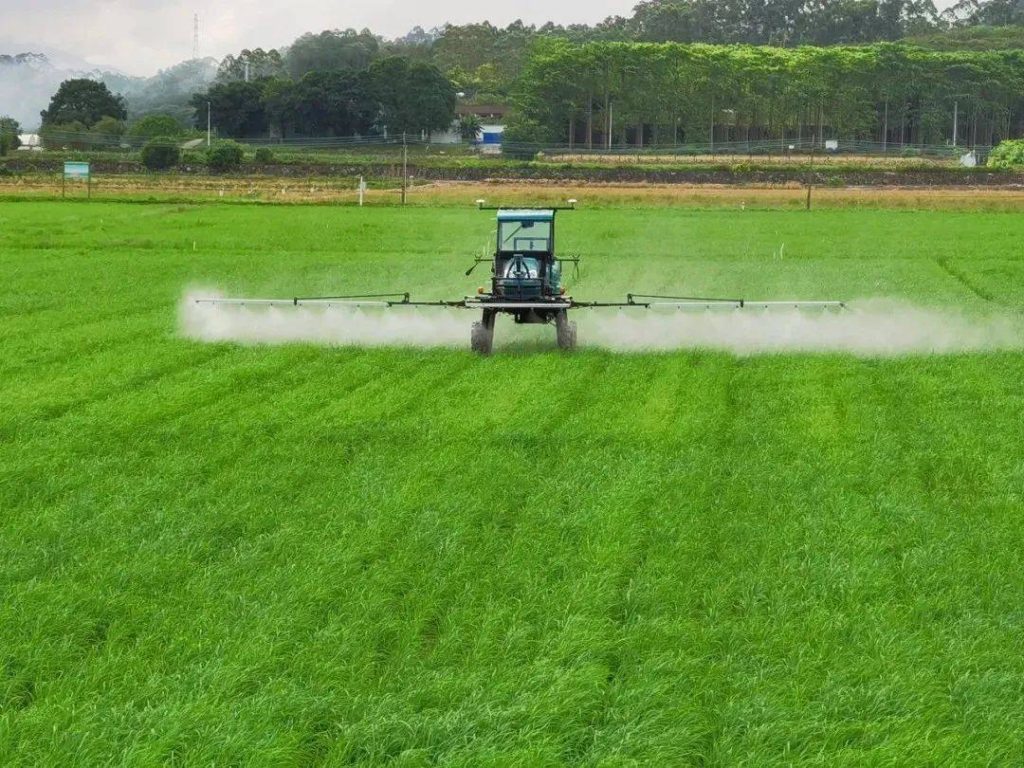Diseases are a constant threat to crops, often leading to significant yield losses and economic hardship for farmers. Timely disease detection and control are crucial to ensuring food security. Unmanned aerial vehicles (UAVs), commonly known as drones, are playing a pivotal role in improving disease surveillance and control in agriculture. In this article, we will explore how drones are revolutionizing the fight against crop diseases.
Drones equipped with high-resolution cameras and advanced sensors are capable of capturing detailed images and data from agricultural fields. When it comes to disease detection, these drones are invaluable. They can fly over fields, capturing images that reveal subtle signs of disease, stress, or nutrient deficiencies in crops. This early detection is essential for preventing the spread of diseases and minimizing crop losses.
One of the key advantages of using drones for disease surveillance is their speed and efficiency. Drones can cover large areas of farmland in a short amount of time, allowing farmers to monitor their fields quickly and effectively. This rapid response capability is crucial in containing and managing disease outbreaks.
In addition to disease detection, drones can also be used for disease control. Some advanced drones are equipped with payload systems that can deliver targeted treatments, such as fungicides or biopesticides, directly to the affected areas. This precise application reduces the need for widespread chemical use, minimizes environmental impact, and saves on treatment costs.
Drones can be programmed to conduct regular surveillance flights, enabling farmers to monitor the progression of diseases throughout the growing season. This data-driven approach allows for informed decision-making regarding irrigation, fertilization, and disease management strategies.
Furthermore, the data collected by drones can be integrated with other technologies, such as satellite imagery and weather forecasts, to create comprehensive disease prediction models. These models can help farmers anticipate disease outbreaks and take proactive measures to protect their crops.
In conclusion, drones are transforming disease surveillance and control in agriculture by providing farmers with timely and accurate information. These unmanned aerial vehicles offer an efficient and cost-effective means of monitoring crops, detecting diseases, and implementing targeted treatments. As technology continues to advance, the role of drones in disease management is only expected to grow, contributing to improved crop health and food security.







Please sign in to comment
register